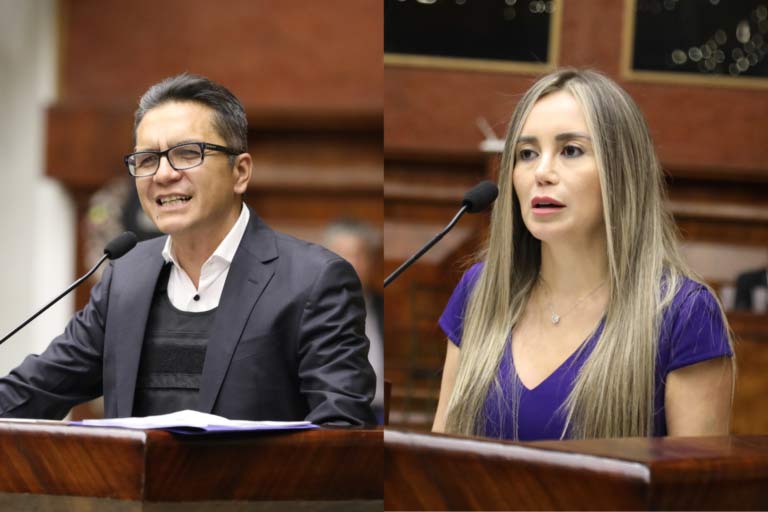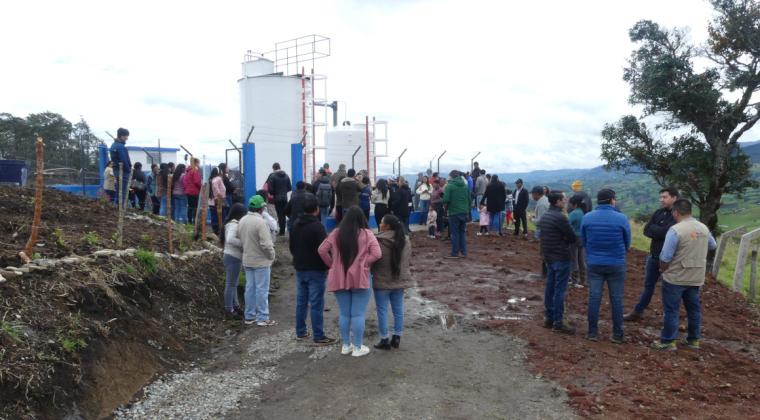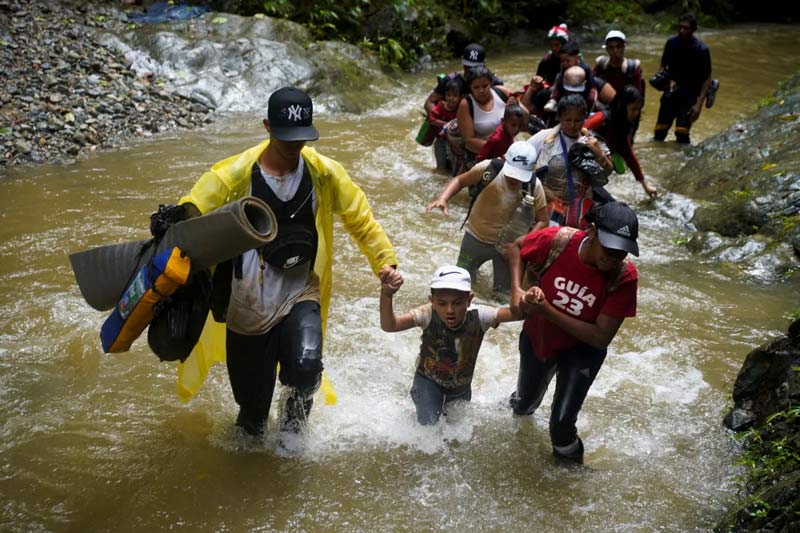Country faces electricity shortage, possible blackouts as drought conditions and El Niño intensify
The managers of Ecuador’s major hydroelectric plants met Friday in Guayaquil to plan a response for what they believe could be an electricity crisis later in the year. With the dry season just beginning, they worry that the coming El Niño could extend drought conditions well into 2024, severely limiting the country’s power generation capacity.

The Mazar hydroelectric plant, east of Cuenca, generates power for much of southern Ecuador.
Although Ecuador has added wind and solar generation stations in recent years, 95% of its electricity comes from hydro-powered plants, says Deputy Energy Minister Gonzalo Uquillas. “Obviously, these facilities depend on rainfall for their operation.”
“We have seen these weather conditions before and are aware of the problems they create,” said Deputy Energy Minister Gonzalo Uquillas. “In past El Niño years, we have imposed electric-use blackouts to meet the crisis and it is important that we make plans now to avoid the worst outcomes.”
Among the measures the managers discussed were a program of electricity rationing and purchasing electricity from Colombia. “We have established electric interconnectivity with Colombia to deal with shortage situations,” Uquillas says. “The problem is that Colombia may face the same shortages we do, since El Niño will affect their generation abilities too.”
According to Renaldo Cornejo, a consultant to Ecuador’s public electric corporation (CELEC), El Niño presents a “paradox” for the country’s hydroelectric generation. “We are hearing all about the floods that El Niño will bring but, on the other hand, we are here in Guayaquil, a place that may suffer some of the worst flooding, talking about what do about the drought that will reduce electricity production and may require electric blackouts.”
Very few of Ecuador’s power plants are in regions that will receive El Niño rains, says Cornejo. “The plants are either at higher elevations that will experience drought conditions, or they are on the east side of the mountains where they won’t experience the El Niño effect,” he says. “More than 90% of the country’s power generation is in this area, with the biggest hydro plants located east of Quito, Riobamba and Cuenca.
Cornejo recalls the impact of electric shortages during previous El Niños. “I live in Cuenca and remember the blackouts in 1997 and 2010,” he said. “The lights went out at 8 at night and for three or four hours during the day. They turned off the streetlights and even the traffic signals.”
According to Uquillas, electricity shortages could begin as early as October, getting worse through the end of the year and the first two or three months of 2024. “Forecasters predict an 84% likelihood of a severe El Niño, which is what we must plan for. Of course, we pray that the most extreme case does not develop but, in the past, we have seen the results and must work from that experience.”





















